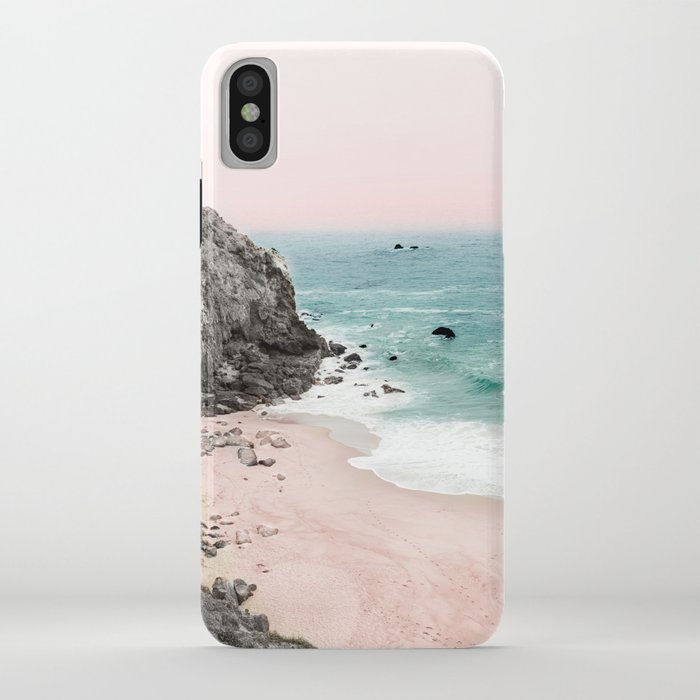coast 5 iphone case
SKU: EN-U10057

coast 5 iphone case
(There are also stories of how Steve Jobs had the NeXT factory repainted when he didn't like the color inside.). The gold iPhone 8 will have a gold-colored housing for the Lightning port. Anyhow, it turns out that the new housing for Apple's Lightning port now matches the inside of the phone. If that makes you happy inside, Apple's job is done. Our iPhone 8 review: It's a solid pick. iPhone 8: Should you upgrade? Our guide to exactly what you'll get -- and lose -- by buying a new iPhone. Would you believe the iPhone 8 has a smaller battery? Here's what else iFixit discovered.
After a giant leak, a huge reveal and a full week with Apple's new iPhone 8 and iPhone 8 Plus, you'd think we'd know everything about the company's latest phones, But new details keep trickling out, (Did you know you can charge faster with a USB-C cable?), Now, we're seeing coast 5 iphone case the first teardown experts rip apart the iPhone 8 to show us its gleaming guts, and we've learned a few brand-new things as a result, So here's what iFixit discovered in its brand-new teardown, iPhone 8 dropped from 4 stories high, #smashed pic.twitter.com/IPPAZcu9fm..
It's not quite clear when Intel decided to back away from the idea, but the company told Road to VR that a "lack of partner interest" was behind the decision. That makes it sound like Intel's PC partners (companies including Dell, HP, Lenovo, Asus and Acer) didn't want to invest the time or effort to figure out how to build and sell a headset. That's not the whole story, though, because every one of Intel's biggest PC partners did in fact make a fairly similar VR headset over the past year -- ones designed for Microsoft's Mixed Reality platform. (Unlike Project Alloy, they do have cords and controllers and require a tethered PC.) They chose a different design than the one Intel was hoping for.
In an interview with PCWorld, Intel VR exec Kim Pallister offered one more reason why the project was canceled: The team realized that the tiny PC they could fit inside the Project Alloy headset couldn't compete -- in terms of performance -- with headsets that tether to a powerful PC, "We [decided] that the best way to deliver a high-performance PC experience is to wirelessly talk to a high-performance PC plugged into a wall outlet and do it that way," he told the publication, That's why Intel is now pushing its short-range, high-bandwidth WiGig wireless adapters for VR headsets -- like this one -- instead, They're pricey, but you can add one coast 5 iphone case to an existing headset..
Intel wouldn't comment further, but provided the following statement. Intel has made the decision to wind down its Project Alloy reference design, however we will continue to invest in the development of technologies to power next-generation AR/VR experiences. This includes: Movidius for visual processing, Intel RealSense depth sensing and six degrees of freedom (6DoF) solutions, and other enabling technologies including Intel WiGig, Thunderbolt, and Intel Optane. All of these Intel technology solutions are supported by a robust portfolio of software capabilities, and we're building out a VR support ecosystem, from software design kits to reference designs, to spur innovation that's enabling rich and immersive content. Project Alloy served as a great proof of concept for Intel and the industry - showing what's possible in a high-performance, immersive and untethered VR experience. What we've learned through Project Alloy will inform future efforts.